Advertisement
AI tools, like the ones behind chatbots and smart image generators, don’t learn the same way people do. They get smarter by analyzing huge piles of data—books, pictures, videos, websites, and more. The more examples they see, the better they get at answering questions, spotting patterns, or writing essays.
But here’s the problem: we’re running out of fresh, high-quality data to feed them. And just like a student with no new books to read, AI can only go so far without more material to learn from. Now researchers and developers are asking: What do we do when the data runs dry?
Here are 6 clever ways researchers and developers are tackling the AI training data shortage—finding new sources, reusing old ones, and teaching AI to learn smarter.
One solution sounds a little like science fiction: use AI to make more data for AI. This is called synthetic data. Imagine training an AI model to recognize different types of shoes. Instead of taking thousands of pictures of real shoes, developers can use another AI to create fake shoe images that still look realistic. These fake but useful samples can help train the model just like real photos would.

This idea works for text, too. Some companies use language models to create extra sentences or paragraphs that help improve another model's writing or translating ability. It's not perfect—AI can sometimes create odd or biased examples—but it helps fill in the gaps when real data isn't available or too expensive to collect.
Normally, AI training occurs on large, strong servers where data is gathered all in one spot. But suppose you didn't have to transfer all that data somewhere? That's where federated learning comes in. In this approach, AI models train on data on individual devices—such as your phone or computer—without the data ever being transferred from the device.
Say you're using a keyboard app that learns your typing style. Instead of sending everything you type to a central server, the model trains locally on your phone and then only shares what it learned (not what you actually typed). Multiply that by millions of devices, and you get a smarter AI that learns safely and privately—without needing one big training pile.
It’s great for privacy and cuts down on the need for massive centralized datasets.
Another way to deal with the shortage is to get more out of what we already have. Instead of always looking for new examples, developers can refine how they use old ones. This means organizing data better, removing duplicates, and making sure what’s used is actually helping the model improve.
Think of it like studying for a test: sometimes you don’t need more flashcards—you just need to focus on the ones you keep getting wrong.
Some teams also “filter” datasets to avoid feeding AI with bad information, like false news or offensive content. Clean data means better performance and less risk of the AI learning the wrong things.
Data doesn't always have to come from public sources like the Internet. A lot of useful data—like health records, customer surveys, or scientific research—is locked away in private systems. Companies and researchers are starting to form partnerships to safely share this kind of information.
For example, a hospital might want to help build a health-focused AI but can’t give out patient data freely. With the right privacy tools and rules, they might allow anonymous data sharing or limited access to certain researchers.
These deals have to be handled carefully, especially when people's details are involved. But when done right, they can give AI new kinds of learning material without crossing privacy lines.
One reason AI tools use so much data is that they're trained to learn everything they can. But what if they were just trained to learn the important stuff? That's the idea behind efficient AI models. These are smaller, more focused systems that don't need mountains of information to perform well.
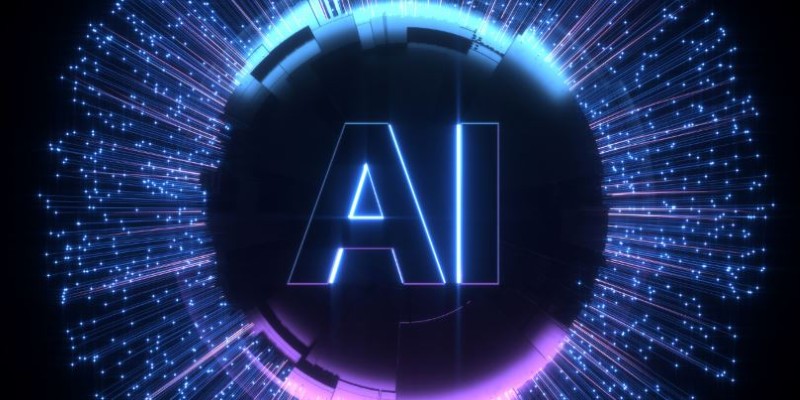
It's like practicing basketball by doing specific drills instead of just playing full games over and over. You learn faster with less time.
Some new models are being built with this idea in mind. They’re smaller in size, use less memory, and need less data to learn. This not only helps with the data shortage but also makes the tools faster and cheaper to run.
Right now, a lot of AI needs labeled data to learn—like a photo with a tag saying “cat” or a sentence marked as “positive” or “negative.” But making those labels takes time and people. Self-supervised learning is a way for AI to teach itself using unlabeled data.
For example, give a model a sentence with a missing word, and it has to guess what fits best. Or show it a picture and ask it to predict part of the image it can't see. These little puzzles help the AI learn patterns on its own, using plain data that doesn't need any human to label it.
It’s still a growing area of research, but it might be one of the best ways to stretch the data we already have.
AI tools are hungry for data, but we don’t have to panic just yet. People are already finding smart ways to deal with the shortage—by making new data, sharing what we have, and building tools that learn more with less. As AI keeps growing, these solutions will help it stay useful, safe, and smart—without running out of steam.
Advertisement
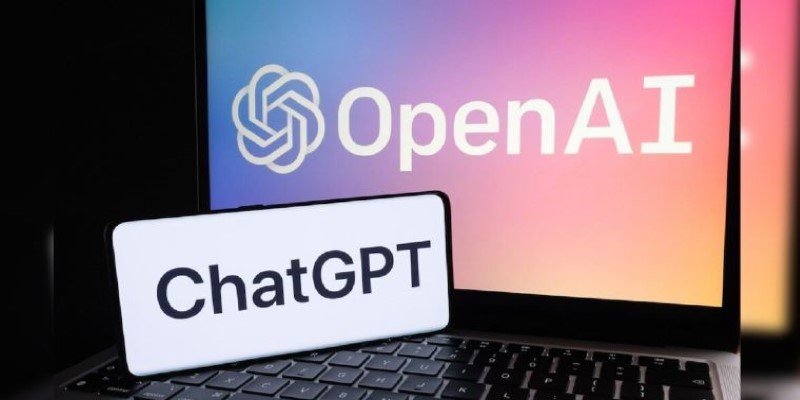
Worried about downloading the wrong app? Here's how to spot fake ChatGPT apps on the Apple App Store and make sure you're using the official version
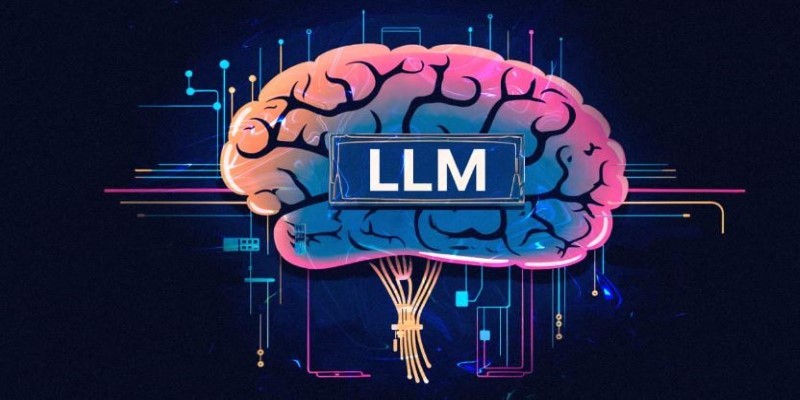
LAMs (Large Action Models) are the next evolution after LLMs, built to take actions instead of just generating text—but they still have a long way to go

Explore how curiosity shapes AI, fostering adaptive, intelligent, and innovative systems.

Using ChatGPT daily? These 10 UI improvements could make your experience smoother, faster, and more organized. Here’s what users really want

What AI slop is, why it’s flooding the internet, and how to avoid falling for low-quality AI content with these simple tips

Looking for a private AI chatbot? DuckDuckGo AI Chat lets you use ChatGPT, Claude, and more—without tracking or saving your conversations

From AI fatigue to gimmicky features, these 7 signs show the AI boom may have already peaked. Here's what you need to know.
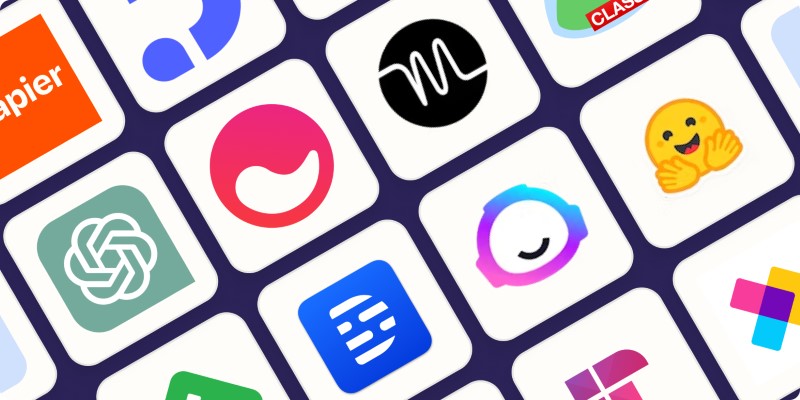
Discover the best AI search engines and tools to search the web smarter in 2025. Find what you need faster with these AI-powered web search platforms
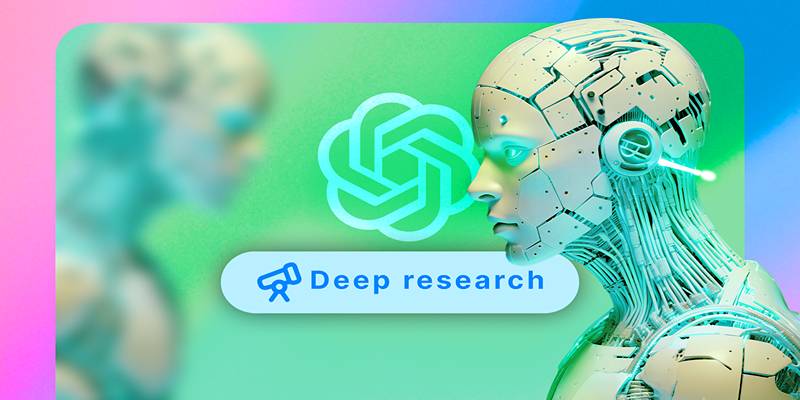
Explore 8 practical improvements that could make ChatGPT’s Deep Research tool smarter, faster, and more useful.
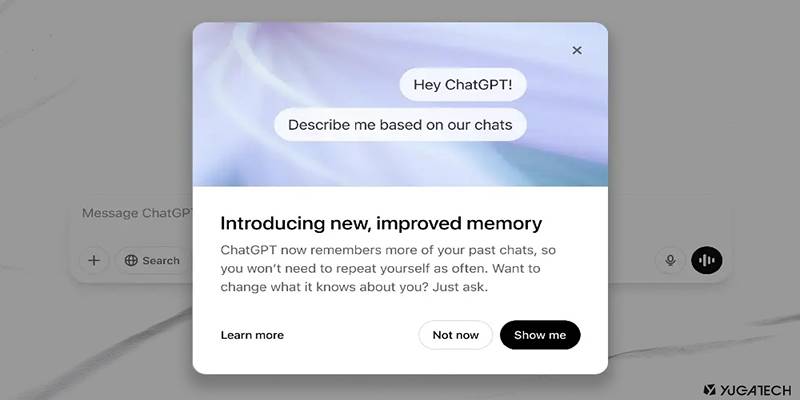
Discover how ChatGPT’s memory helps tailor responses to your preferences, making every chat smarter and more relevant.
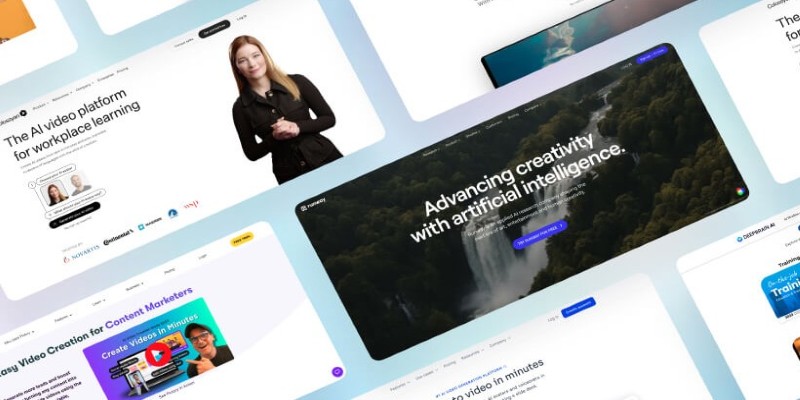
Looking for OpenAI Sora alternatives? Here are 6 free AI video tools you can try today. Turn your text into video and explore AI-powered video creation without paying a cent

How AI-driven chatbots can streamline business operations, improve efficiency, and boost customer satisfaction effectively.